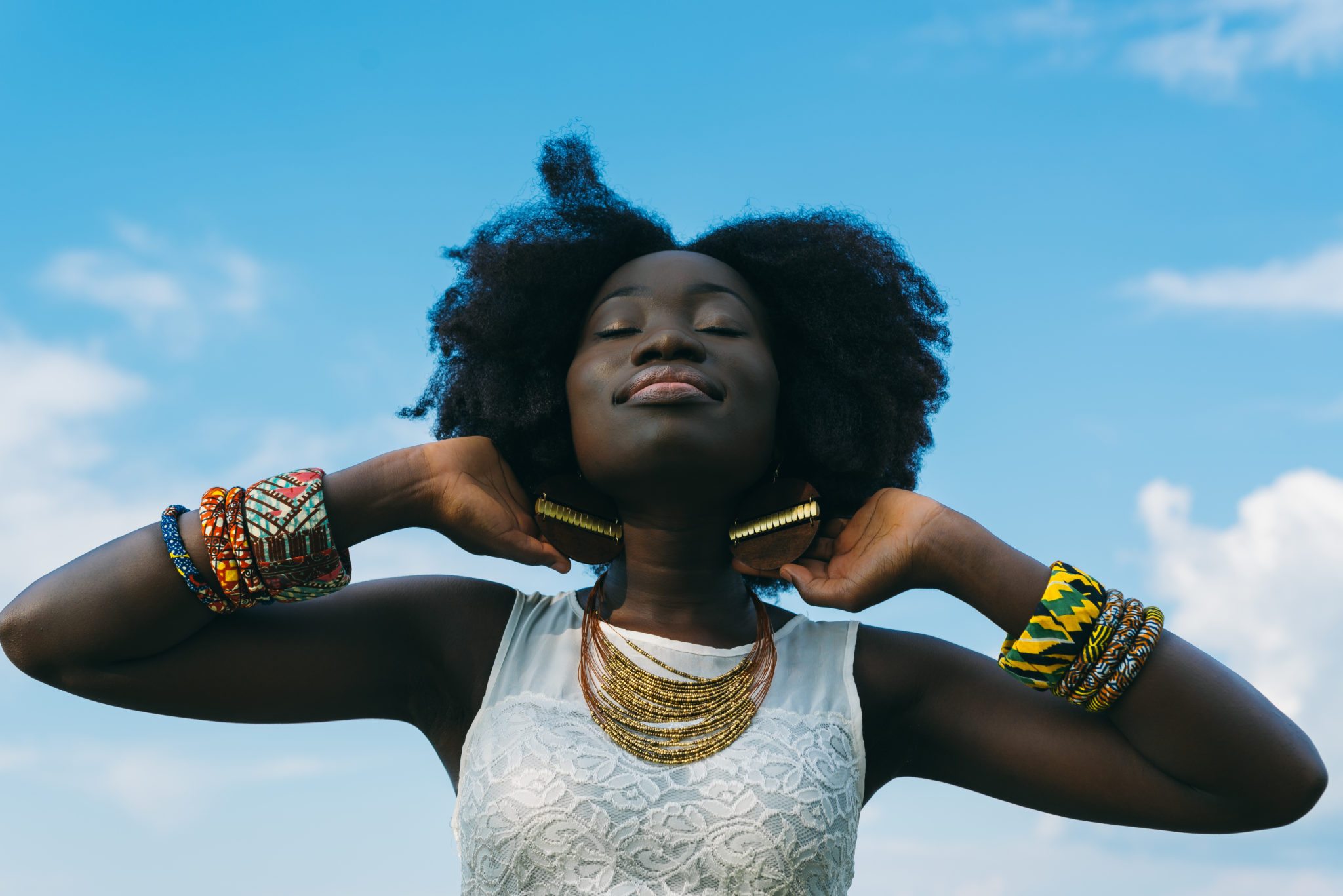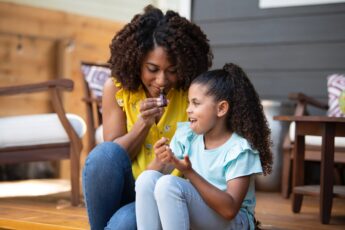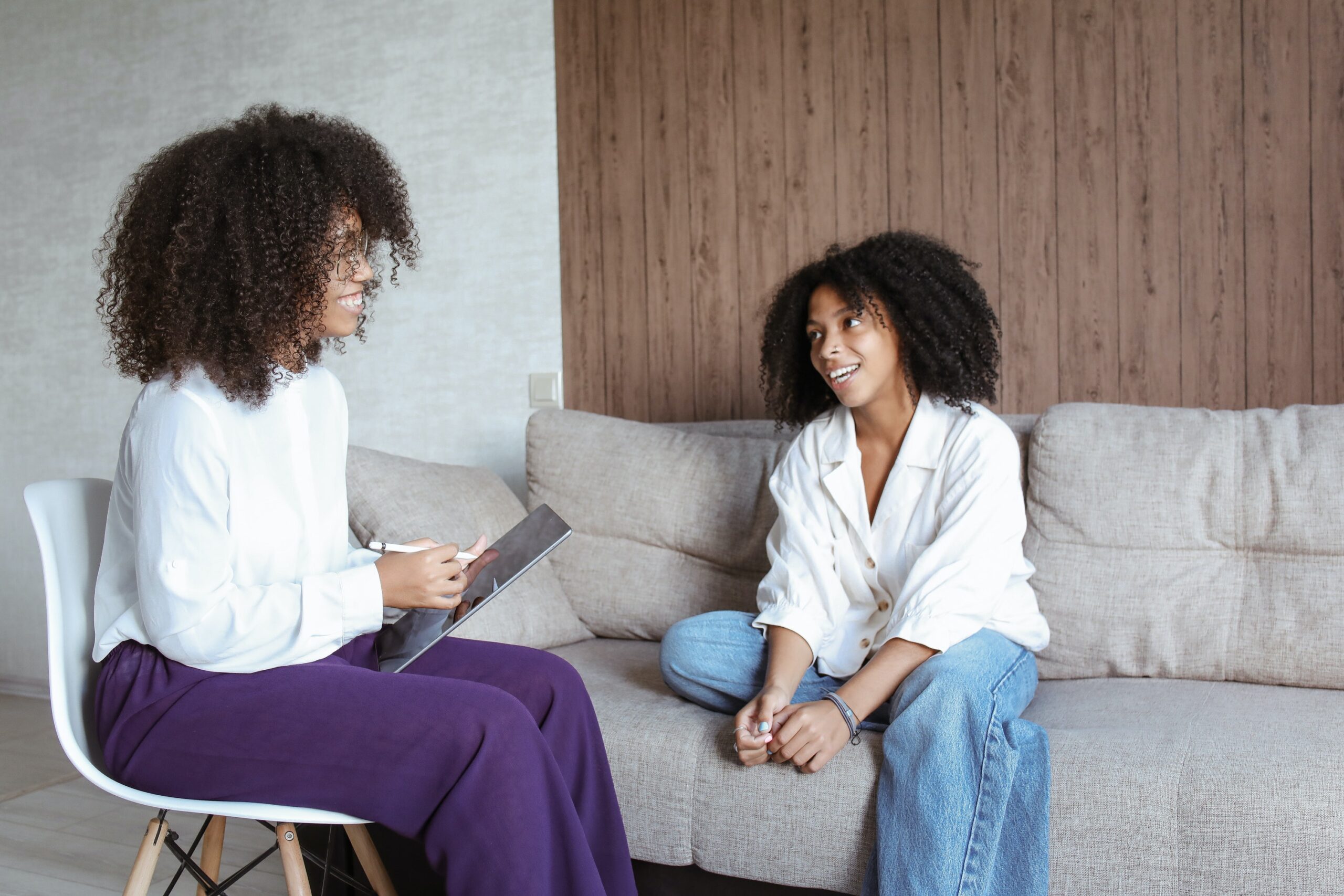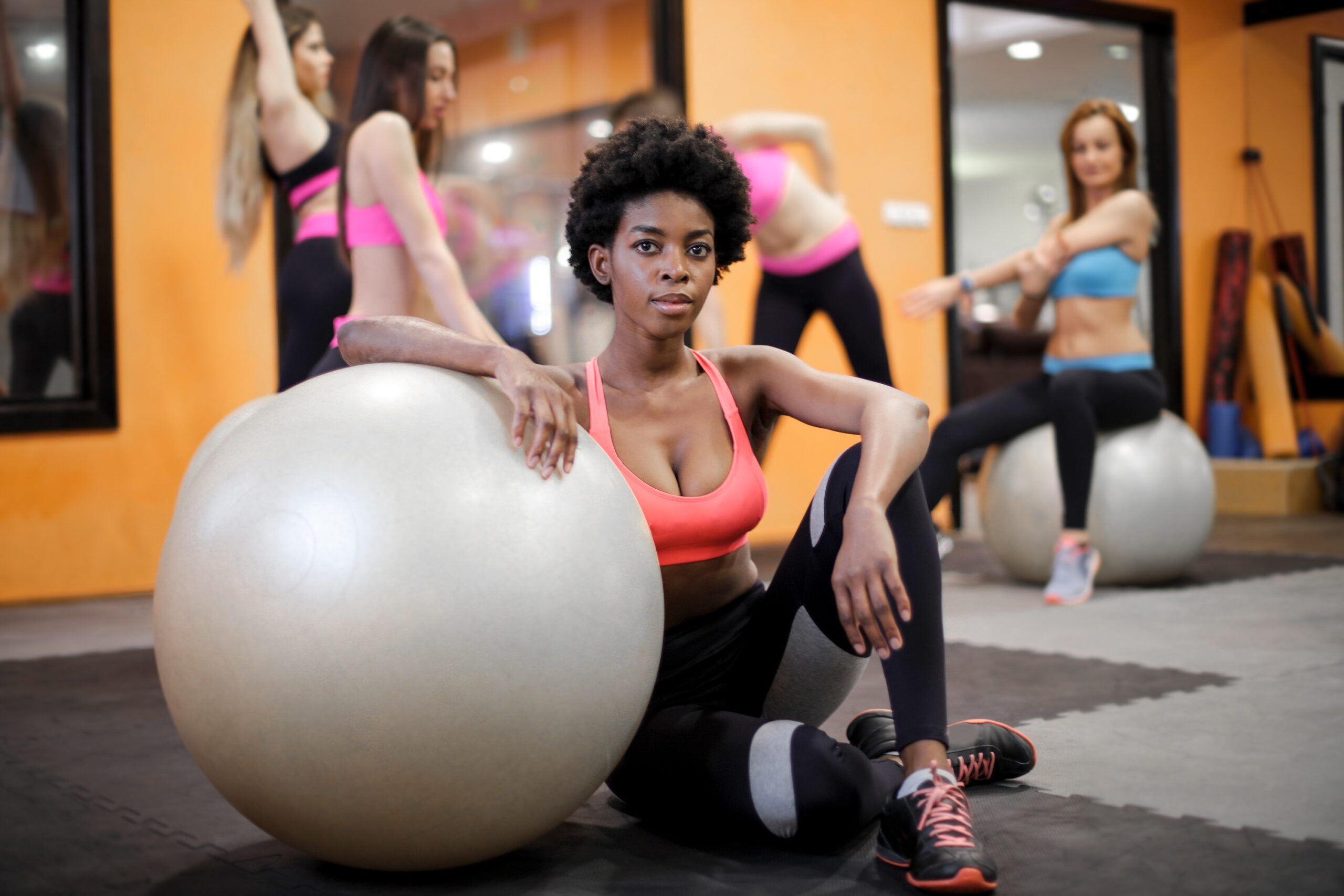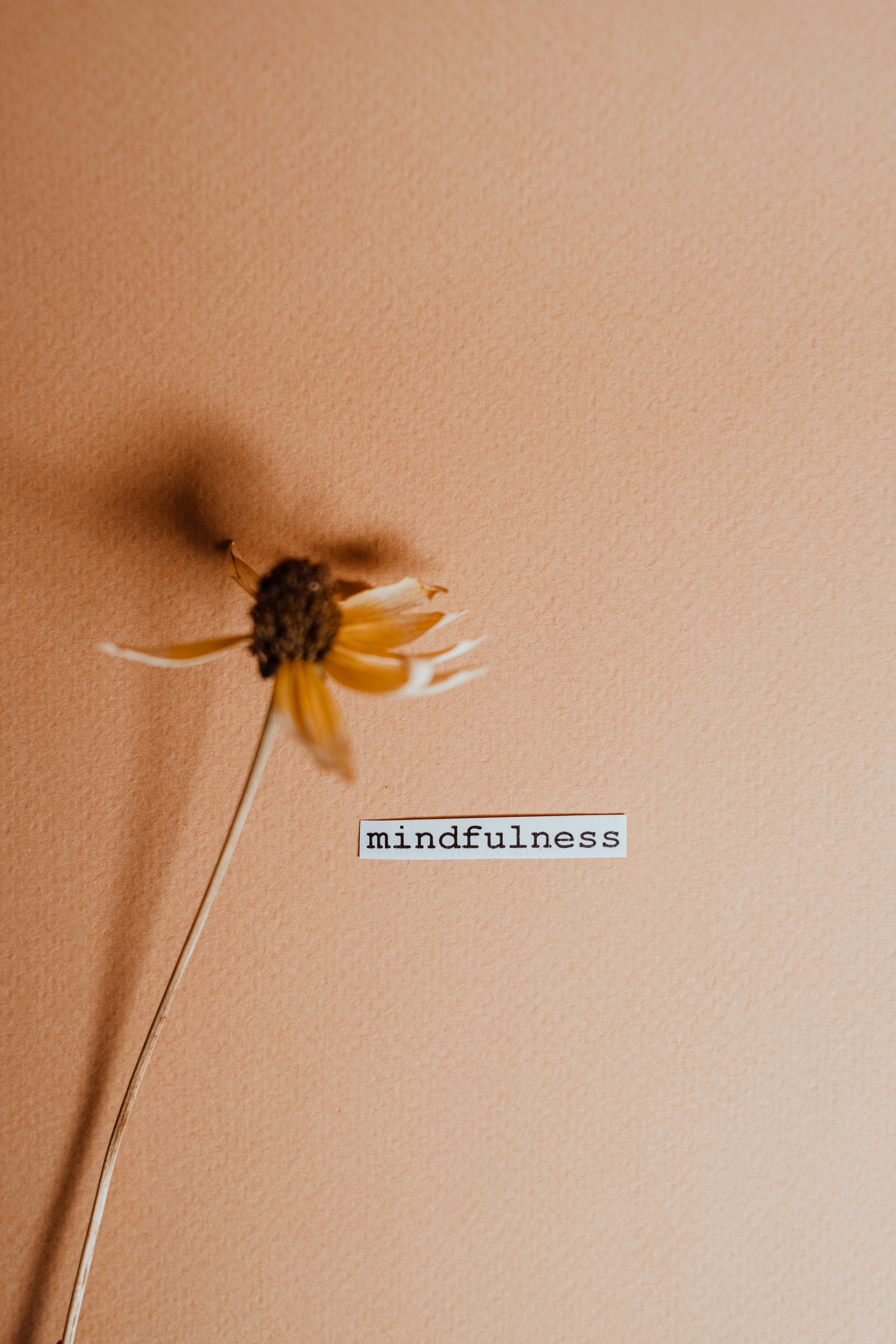I am guilty. Guilty of not checking as often I should…thinking it can never happen to me. But in the words of the late Dr. Maya Angelou, “when you know better, you do better”. I have heard numerous stories about women, young and old, being diagnosed with breast cancer. This devastating disease, that we so desperately need a cure for, is the 2nd major cause of death in women.
Breast cancer does not discriminate.
Early detection is key! I encourage all women (and men, because breast cancer can strike them too) everywhere to please check yourselves using the breast self- exam technique every single month. If you come across something out of the ordinary, please do not hesitate to consult your doctor. So many lives have been saved with the breast self-exam and regular check-ups!
Let’s all get involved in the fight against breast cancer!
HOW TO DO A BREAST SELF-EXAM
Resource: http://www.breastcancer.org
Step 1: Begin by looking at your breasts in the mirror with your shoulders straight and your arms on your hips.
Here’s what you should look for:
Breasts that are their usual size, shape, and color
Breasts that are evenly shaped without visible distortion or swelling
If you see any of the following changes, bring them to your doctor’s attention:
Dimpling, puckering, or bulging of the skin
A nipple that has changed position or an inverted nipple (pushed inward instead of sticking out)
Redness, soreness, rash, or swelling
Step 2: Now, raise your arms and look for the same changes.
Step 3: While you’re at the mirror, look for any signs of fluid coming out of one or both nipples (this could be a watery, milky, or yellow fluid or blood).
Step 4: Next, feel your breasts while lying down, using your right hand to feel your left breast and then your left hand to feel your right breast. Use a firm, smooth touch with the first few finger pads of your hand, keeping the fingers flat and together. Use a circular motion, about the size of a quarter.
Cover the entire breast from top to bottom, side to side — from your collarbone to the top of your abdomen, and from your armpit to your cleavage.
Follow a pattern to be sure that you cover the whole breast. You can begin at the nipple, moving in larger and larger circles until you reach the outer edge of the breast. You can also move your fingers up and down vertically, in rows, as if you were mowing a lawn. This up-and-down approach seems to work best for most women. Be sure to feel all the tissue from the front to the back of your breasts: for the skin and tissue just beneath, use light pressure; use medium pressure for tissue in the middle of your breasts; use firm pressure for the deep tissue in the back. When you’ve reached the deep tissue, you should be able to feel down to your ribcage.
Step 5: Finally, feel your breasts while you are standing or sitting.
Many women find that the easiest way to feel their breasts is when their skin is wet and slippery, so they like to do this step in the shower. Cover your entire breast, using the same hand movements described in step 4.

